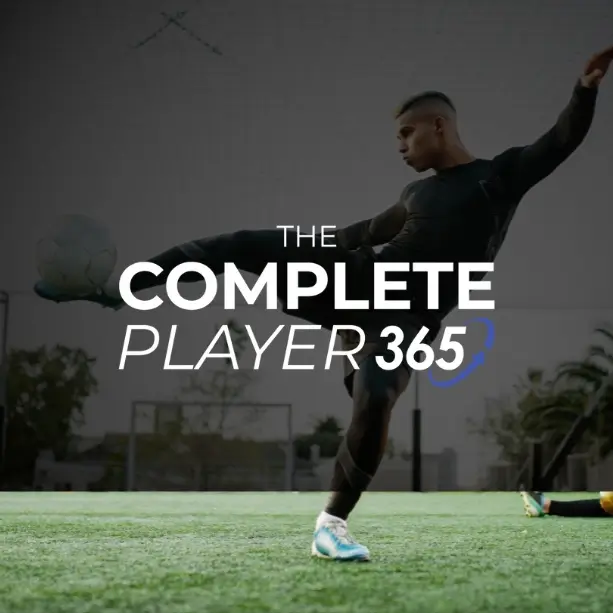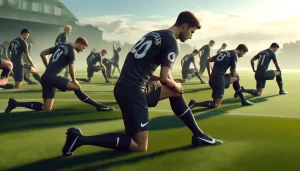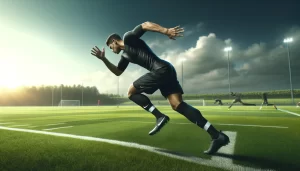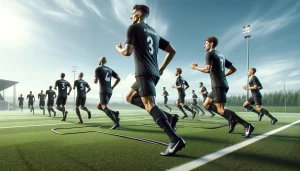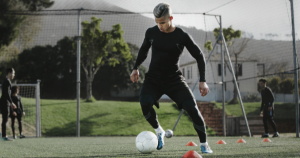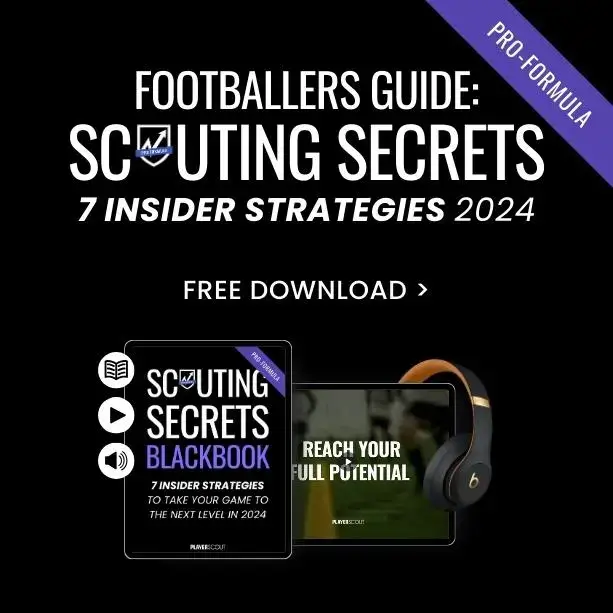An important foam roller technique to learn when looking after your muscles is knowing how to foam roll your rhomboids.
The Rhomboids are found in your upper back between the spine and the scapula (shoulder blade). It comprises two muscles the major and minor and they lie deep under the Trapezius muscle.
he main role of the rhomboids is to pull the shoulder blades back (retract) and down.
You may have tight spots (trigger points) in your rhomboids if:
- When resting you experience pain between your shoulders
- This pain is not brought on by any specific movement
- You feeling a snapping noise as you move the shoulder blade
What Causes These Trigger Points?
There are many reasons that trigger points form in the rhomboid muscles, however, some main factors that may cause these muscular knots are:- Holding your arm above your head for a long time
- Bad posture – rounding your shoulders whilst driving, sitting at your desk or texting
This affects the functionality of the rhomboids, whilst also increases the tightness of the pectorals (chest muscles).
The end result is weakness and limited range of motion as the rhomboids attempt to pull the shoulder blades back. In this situation, the pec minor will overpower the rhomboids instead of working with them in order to ensure downward rotation of the shoulder blades. In some cases the rhomboids can actually become very tight and short, however this is only really seen in athletes who over train exercises that involved pulling the shoulder blades back (such as weighted rows).
In this instance, the rhomboids become too dominant and lengthen the seratus anterior muscles, which can restrict the ability to lift arms overhead.
How to Foam Roll Your Rhomboids
The following video by Howcast shows how to massage your Rhomboids with a foam roller.
Upper Body Foam Rolling Exercises
- How to foam roll your neck muscles
- How to foam roll your shoulder muscles
- How to foam roll your chest muscles
- How to foam roll your lats
- How to foam roll your rhomboids
- How to foam roll your arm muscles






